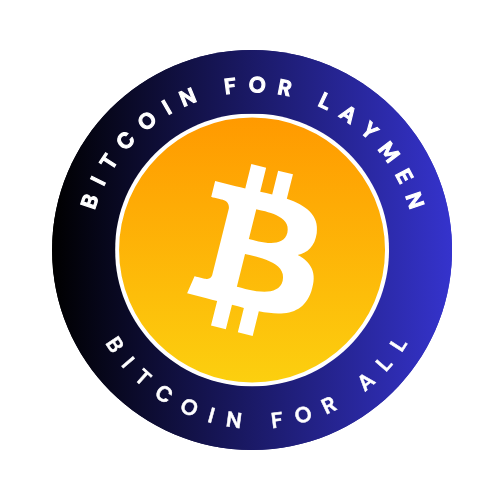Didn’t Money Already Go Digital?

Did Money Already Go Digital?
Yes, exactly. Most USD is already digital. Instead of paper notes and coins, it’s stored as code in banking systems.
Digitizing money brings benefits—primarily, it’s much easier to transfer code than physical cash. Imagine moving millions of dollars’ worth of paper and coins between banks to settle balances. Banks use a system called RTGS (Real-Time Gross Settlement), where they move money instantly to settle accounts. In the U.S. alone, this system settles $3.5 trillion daily.
To put that in perspective, if this $3.5 trillion were in $100 bills, it would weigh 77 million pounds—the equivalent of about 70,000 elephants being shuffled between banks each day. And if we used quarters? We’d be looking at moving around 16 million elephants daily. That’s a massive load of cash.
Clearly, digitization of USD has its advantages. But why Bitcoin?
Why Bitcoin?
Great question! Let’s quickly revisit yesterday’s post about digitizing communication. By making letters digital, we didn’t just gain efficiency; we unlocked new features. We didn’t just create a faster letter—we created a better one.
Here’s how it breaks down:
Physical Post vs Digital Post
1. Transfer Written Word
– Physical Post: Transfers to one individual.
– Digital Post: Transfers to others instantly.
2. Durability
– Physical Post: Subject to damage over time.
– Digital Post: Virtually indestructible.
3. Reusability
– Physical Post: Each copy must be made manually.
– Digital Post: Can be shared infinitely.
4. Additional Features
– Physical Post: None.
– Digital Post: Increases efficiency.
Increased Functionality of Digital Post
1. Transfers in seconds, to many people at once.
2. Unlimited reach, virtually indestructible.
3. Translated instantly into any language.
4. Write once, send to many, with potential revisions.
5. Connect to storefronts, embed links, dynamic content.
So, digitization not only keeps the basic function intact but makes communication more powerful. The same logic applies to money.
Relating It to Money
With digitized money, you can move value across space cheaply, going from moving 70,000 elephants daily to transferring weightless code. But why stop there? Just like digital communication, digital money can unlock new functionalities.
Physical Money vs Digital Money
1. Transfer of Value
– Physical Money: Direct transfer.
– Digital Money: Electronic transfer.
2. Durability
– Physical Money: Vulnerable to physical damage.
– Digital Money: Stored in digital code.
3. Accessibility
– Physical Money: Geographically limited.
– Digital Money: Accessible anywhere with an internet connection.
4. Policy Transparency
– Physical Money: Depends on government.
– Digital Money: Transparent to banks only.
5. Value Retention
– Physical Money: Subject to inflation.
– Digital Money: Subject to inflation.
6. Security
– Physical Money: Susceptible to theft, loss, or damage.
– Digital Money: Susceptible to fraud.
Increased Functionality of Digital Money : Bitcoin
1. Fast, border-less transfers.
2. Virtually indestructible.
3. Open and accessible online, globally.
4. Transparent, unchanging monetary policy.
5. Retains value indefinitely, cannot be counterfeited.
6. Immune to government-induced collapse, highly secure.
7. Impossible to inflate past its 21 million coin cap.
What’s Next?
In the next post, we’ll dive deeper into the functionalities that Bitcoin offers and what they mean for those using a digital currency with increased functionality.
